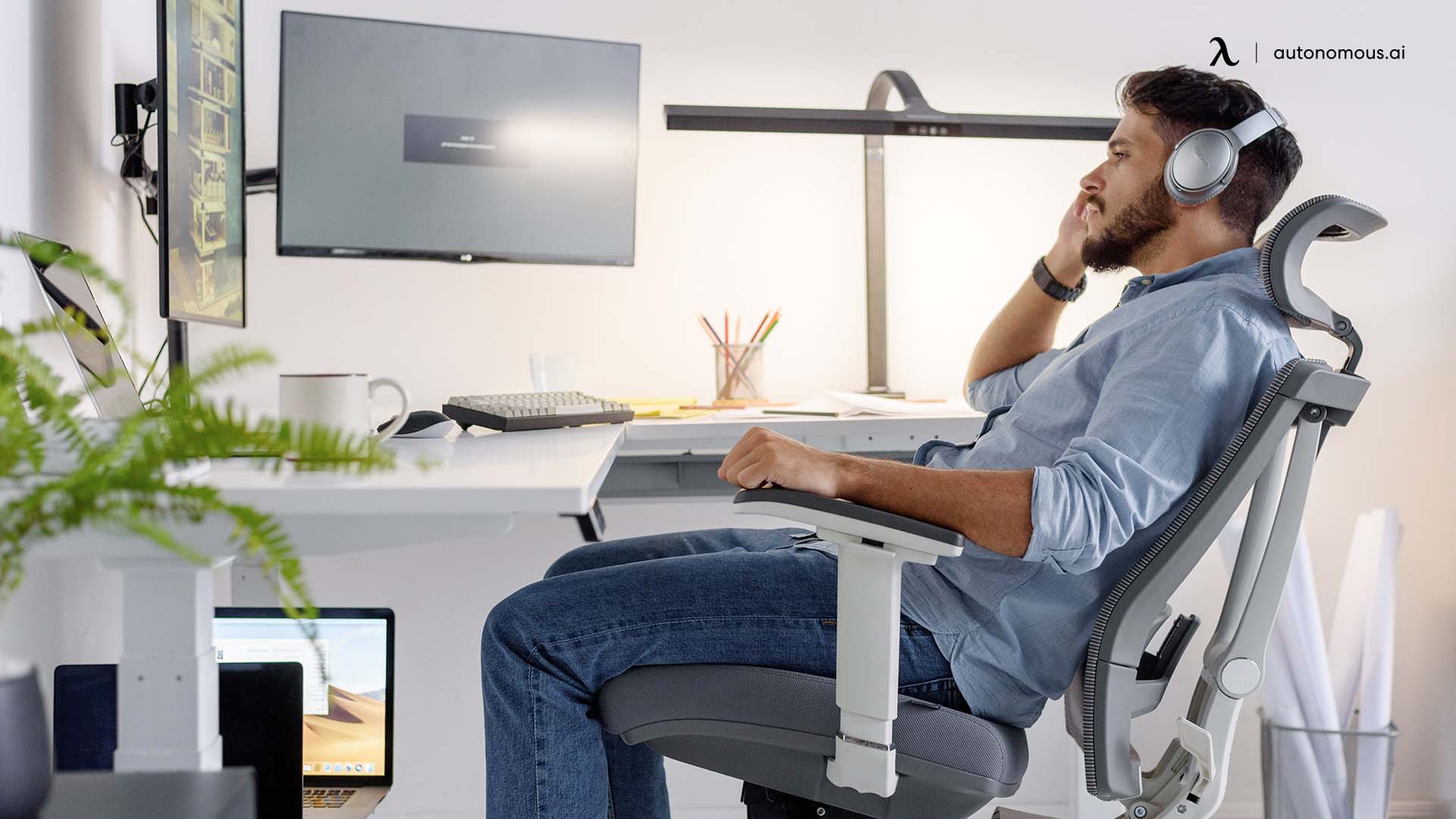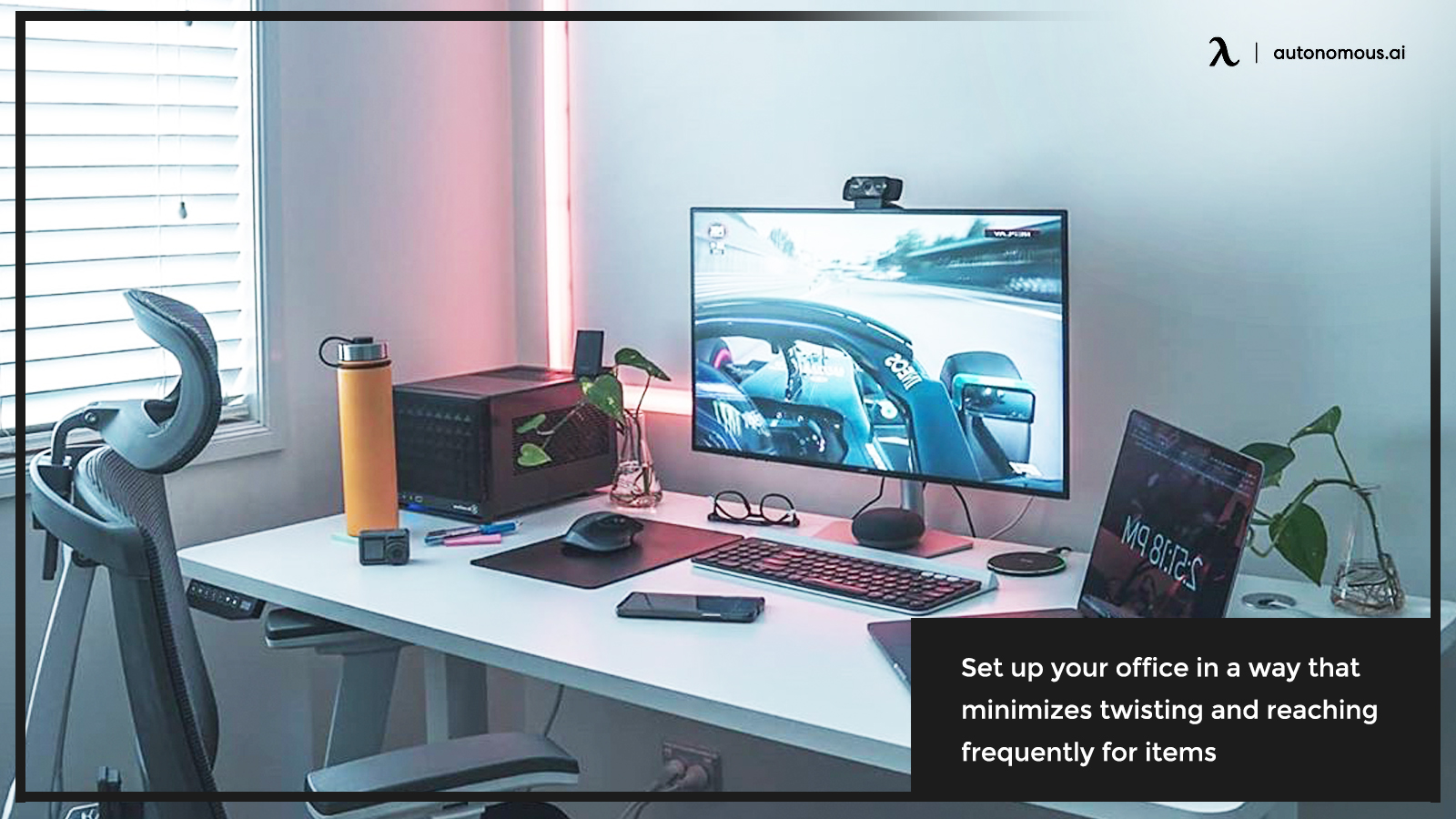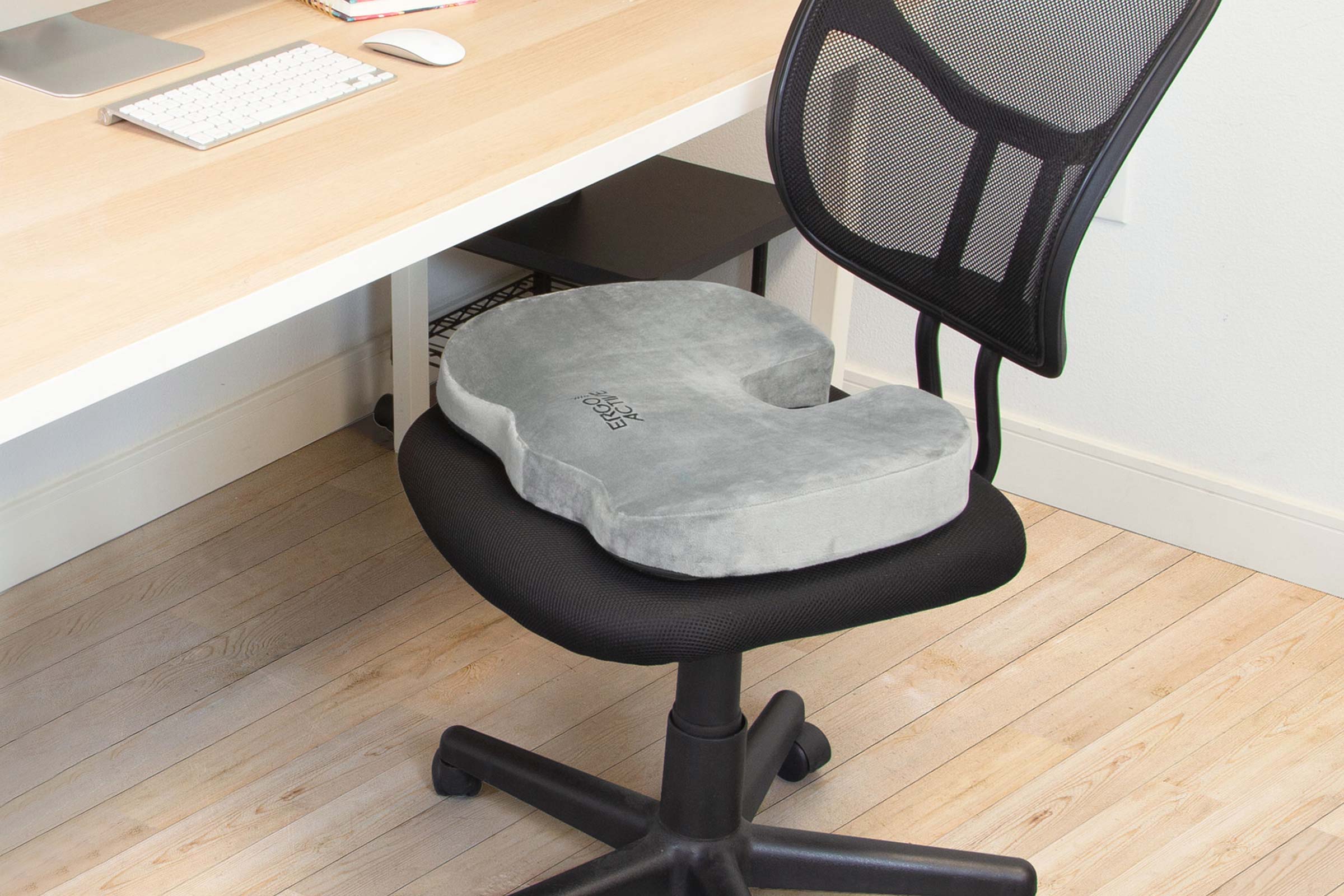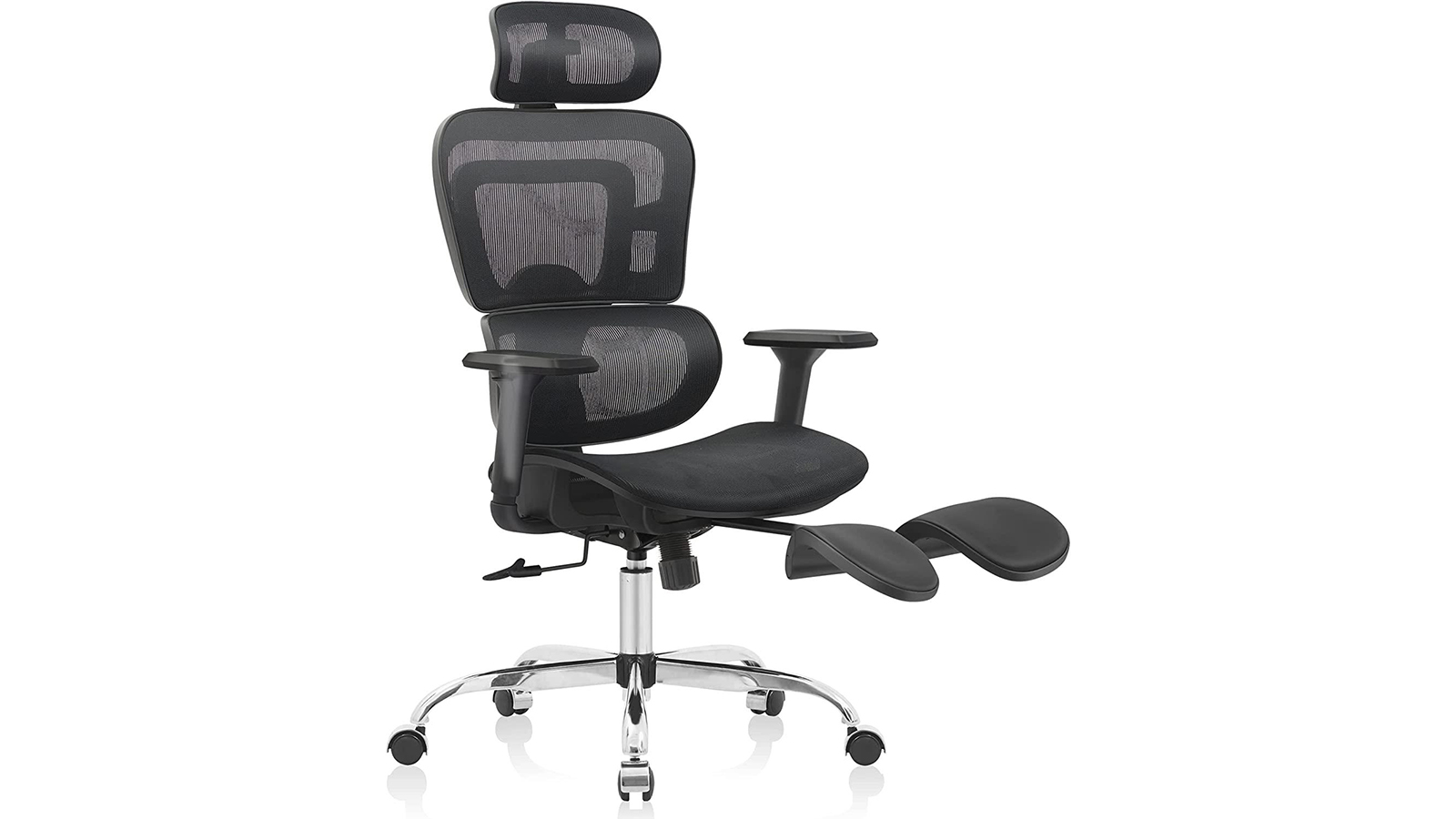
12 Tips for Sitting Comfortably in an Office Chair After Surgery
Table of Contents
- 1. Consider a Standing Desk
- 2. Take Frequent Breaks
- 3. Use Additional Cushions
- 4. Get a Chair with a Foot Rest
- 5. Arrange Your Office for Minimal Motion
- 6. Avoid Unhealthy Snacks
- 7. Don’t Slouch
- 8. Avoid Heavy Lifting
- 9. Don’t Return to Work Sooner Than Necessary
- 10. Do Any Physical Therapy You’re Instructed to Do
- 11. Listen to Your Doctor
- 12. Don’t Languish
Medical science is amazing. Through surgery, many health issues can be corrected, often saving lives and making comfort possible. There are a huge array of possible surgeries, major and minor, you can undergo for everything from minor cosmetic issues to life-saving procedures.
Sooner or later, though, you’ll have to go back to work. Work, of course, means sitting in an office chair, usually in an environment that isn’t very conducive to healing. You need to get back to work so you can keep your job, but you may not be fully recovered from your surgery.
Keep in mind that healing will vary depending on the kind of surgery you’ve undergone. You will likely be given special instructions by your doctor and anything they tell you can supersede anything we tell you here. That said, we have some general tips we can give you to help with comfort while you’re recovering. So how do you ensure that you’re sitting comfortably? Here are our tips.
1. Consider a Standing Desk
Depending on the kind of surgery you had, you may not be able to sit comfortably no matter what position you take or what chair accessories you add to your chair. A surgery that affects your lower spine, posterior, or the back of your legs, for example, would make it difficult to sit down at all.
In cases, like these, you might consider getting a standing desk. If you’re healed enough that you can be comfortable standing, a standing desk allows you to work without requiring you to sit in an uncomfortable office chair.
The best kind of standing desk to get for this situation is something like our Autonomous Desk, which is powered by electric motors and can adjust at the touch of a button. This way you don’t need to bend over or wrench at a stuck mechanical desk or spend the effort cranking a mechanical desk when you’re supposed to avoid physical activity.

2. Take Frequent Breaks
Probably one of the most universal pieces of advice to anyone recovering from surgery is to avoid over-straining yourself. Almost no matter what the surgery is, you want to avoid trying to do too much at once. Lifting too much, turning too much, standing for too long; these are all things that can aggravate your wound and lead to slower healing.
Conversely, you don’t want to be too relaxed. Activity is excellent at stimulating healing, especially for surgeries that affect things like joints or your spine. The sooner you can be up and walking around, and the more walking around you can do, the better off you’ll be.
It can be tricky balancing these two pieces of advice. Our advice is simply to listen to the feedback your body gives. There’s a difference between the pain of doing something that kind of feels good, and the pain of pushing yourself too far. If you’re sitting and an ache starts to build, get up and do something else, or transition to a standing position to work for a time. Take it slow, take frequent breaks, and don’t push yourself beyond your capabilities.
3. Use Additional Cushions
Even the best office chairs with built-in support can fall short of addressing the unique needs of someone recovering from surgery. While their cushions, headrests, and lumbar support are designed with ergonomics in mind, recovery often requires extra care to prevent strain on weakened muscles or healing areas.
During recovery, additional cushions can provide the extra support needed to maintain comfort and avoid further injury. For example, a thick cushion office chair can add extra padding to reduce pressure on sensitive areas. A desk chair with cushion ensures enhanced seating comfort, especially for prolonged periods.
For specific needs, you can consider targeted solutions:
- A best gaming chair cushion for extended support during long hours of sitting.
- A best inflatable seat cushion that adjusts to your comfort level and pressure points.
- A seat cushion for lower back pain to provide lumbar support and alleviate strain.
Depending on the nature of your surgery or injury, consider adding pillows for lumbar or neck support to cradle your head against the headrest. These extra measures ensure you avoid unnecessary strain or secondary injuries during your recovery. With the right combination of cushions, you can create a supportive and comfortable environment tailored to your needs.
4. Get a Chair with a Foot Rest
While standard ergonomics recommend keeping your feet flat on the ground, this rule may not apply during recovery, especially after leg-related surgeries. Whether it’s surgery for varicose veins, knee or ankle repairs, or foot surgery, being able to elevate your legs can reduce swelling, improve circulation, and aid healing.
A chair with a footrest can be a game-changer during recovery. While standing for extended periods may be off-limits, having a comfortable office chair with footrest allows you to sit and elevate your legs as needed. This setup helps you stay active within safe limits, such as transitioning from chair to chair or walking short distances, as recommended by your doctor.
For those seeking added comfort and adjustability, a reclining office chair lets you lean back and rest more fully while elevating your legs. If you prefer a breathable option, a mesh office chair with footrest combines comfort with proper ventilation, ideal for extended use.
Incorporating a chair with a footrest into your recovery setup not only supports your healing process but also ensures you stay comfortable and mobile without compromising your health.
5. Arrange Your Office for Minimal Motion
One of the most common kinds of surgery amongst office workers is spinal surgery. Improper posture for long periods can lead to damage to the spine, so spinal fusions, discectomies, and laminectomies are all very common kinds of spinal surgery.
For spinal surgeries, as well as some forms of abdominal surgeries, one of the things you will be instructed to do is avoid twisting motions. Twisting your upper body against your pelvis will not only be painful, it can likely cause damage to the still-healing bone and flesh in your back or abdomen.
To avoid twisting, try to set up your office in a way that minimizes how much you have to turn and reach for items you use. Additionally, make sure you have a chair that can roll easily, so you don’t need to wrench it with your torso to get it moving to roll to another item you need. Replacing the casters on your chair with new, clean casters might be a good idea.

6. Avoid Unhealthy Snacks
While this one might not seem much like something to do with office chairs, your diet has a surprising effect on your ability to heal. Unhealthy snacks in the workplace often require digging through drawers or purses, or getting up and bending over at a vending machine, all of which are against doctor’s orders.
Additionally, unhealthy food fails to provide your body with the nutrients it needs to heal effectively. Eating healthier foods is always going to be the better choice. Plus, if you can break yourself of the habit of needing sugar all the time, that’s great.
7. Don’t Slouch
Slouching does a lot more than make your neck sore. When you slouch in your chair, your strain your neck and your head, which can cause headaches and eye strain. Your position puts stress on your upper back, and your spine may end up contorted or with a pressure that pushes the rest of your body out of alignment. This leads to a cascade of stress and damage on everything from your shoulders to your hips.
Slouching also exacerbates damage done by surgery. This is especially true of abdominal surgery, where it can already be difficult to stand up straight. Slouching can make it harder to heal into proper posture and flexibility and may necessitate physical therapy in the future.
One possible solution is to try out active sitting. By removing your chair’s back, your body has more of an active role when sitting, and it keeps your entire body in better balance. Just remember to take frequent breaks, as active sitting can be stressful on muscles that aren’t usually worked as much and could be damaged after surgery.

8. Avoid Heavy Lifting
Heavy lifting in general can injure your back very easily if you do it wrong. The thing is, “heavy” can have a different definition depending on the situation. A strong person can probably lift over 100 lbs. with no issues. Someone who doesn’t lift weights might not be able to lift more than 50 lbs. very easily at all.
More importantly, when you’re sitting at your desk, you’re guaranteed to not be using proper posture lifting something heavy. And yet, the temptation is there, to lift an over-stuffed binder full of papers, a box full of work, or a heavy tool that normally sits on the floor. All of these can lead to damage and can wrench parts of you that shouldn’t be wrenched when you’re recovering from surgery. Be very careful with what you’re lifting and where, and don’t be afraid to ask for help when you need it.
9. Don’t Return to Work Sooner Than Necessary
We live in a society where there is constant pressure to be working at all times. On one hand, there’s social pressure as your friends and family measure your worth based on your ability to work. On another hand, there’s the monetary pressure that forces many people to work more than they can handle. And, of course, there’s psychological pressure where you feel driven to do something rather than be stuck in bed recovering.
While the drive to work is not a bad thing, forcing yourself to work too soon could exacerbate some of these risks. Not only do you run the risk of reopening your surgical site or tearing something internally where it can be a problem down the line, but you also might push yourself more than you should and injure other parts of your body that try to compensate. Plus, there’s the risk of working in an office rather than recovering from home, in that you’re exposed to many germs throughout the day which can lead to an infection.
10. Do Any Physical Therapy You’re Instructed to Do
Surgery of any sort usually has some damage to tissues in your body. Even simple laparoscopic surgeries – even biopsies – can damage enough of your tissues that you need to rebuild strength and dexterity. This holds especially true if your surgery was on an important joint or moving part, like your knee, hip, hand, or wrist.
Chances are, you will be asked to do physical therapy as part of your healing process, to ensure that you regain full mobility and strength in the affected part of your body. As part of the “take frequent breaks” piece of advice, you should make sure to frequently perform any physical therapy tasks you need to, including stretching, walking around, or using simple resistance tools.
11. Listen to Your Doctor
As we mentioned in the intro, we’re not doctors writing this content. There are a huge array of possible surgeries you might undergo and an equally huge number of jobs you might have. Always adapt to your circumstances. More importantly, consult with and listen to your doctor over the advice you read on the internet. While we have your best interests at heart, we’re not medical professionals and can only give you general advice. Make sure to follow the advice of your recovery specialist.
12. Don’t Languish
Perhaps the single best piece of advice we can give is to avoid languishing and wallowing in pain and weakness. Many people undergo surgery and never fully recover because they lose the will to fight past pain or aches or tension. A well-done surgery can leave you in a better state than you started, but only if you’re active throughout your recovery.
Active sitting, sit-stand transitions throughout the day, and proper ergonomic posture while sitting can all go into rebuilding your health after surgery. It’s difficult, and it can be painful at times, but the rewards are worth it. As long as you keep working at it, and don’t let the pressures of your job injure your body further, you’ll be through your recovery in no time.
Are you at home resting after a surgery? What
.svg)



/https://storage.googleapis.com/s3-autonomous-upgrade-3/static/upload/images/product/image/mount-it-ergoactive-lumbar-support-pillow1646071304-2202.3021-1649909416193.jpg)

/https://storage.googleapis.com/s3-autonomous-upgrade-3/static/upload/images/product/galleries/3249.4806--1656066964265.jpg)







